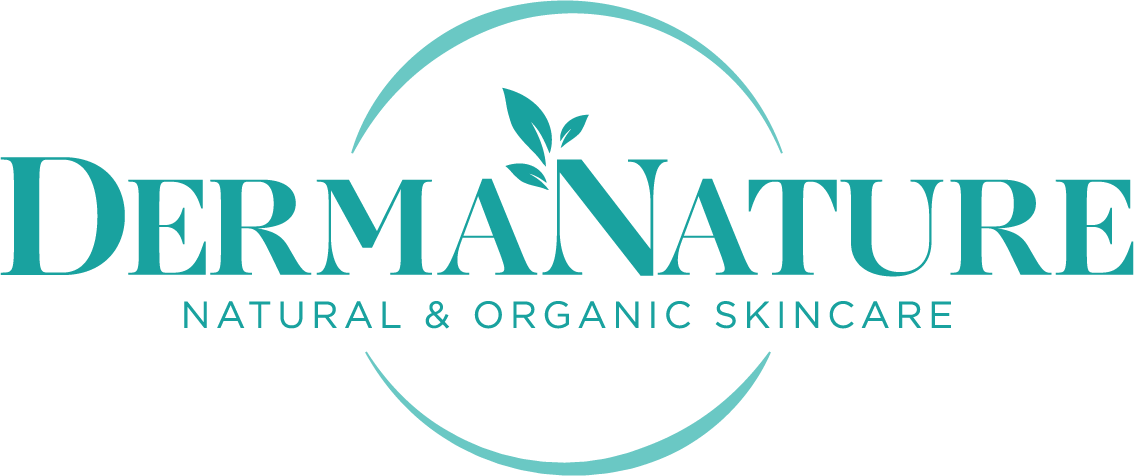Introduction
In recent years, laser therapy has gained immense popularity as a non-invasive non-surgical and effective treatment option for various cosmetic purposes, like for example muscle tightening or hair removal. However, newest laser technology’s applications extend far beyond aesthetics, encompassing a diverse range of non-cosmetic applications that have garnered significant attention in the medical and scientific communities. In this comprehensive article, we will explore the fascinating world of laser therapy and its vast potential in non-cosmetic fields, unveiling its groundbreaking applications and the promising future it holds.
Understanding Laser Therapy
Before delving into the non-cosmetic applications, let’s first grasp the fundamental concept of laser therapy. Laser, an acronym for “Light Amplification by Stimulated Emission of Radiation,” is a powerful and focused beam of light with specific characteristics that set it apart from conventional light sources. These properties include coherence, monochromaticity, and collimation, making lasers highly precise tools for various applications.
Laser therapy, also known as photobiomodulation or low-level laser therapy (LLLT), involves using laser light to stimulate cellular processes in tissues. The interaction of laser light with cells triggers a cascade of biological responses, promoting tissue repair, reducing inflammation, and alleviating pain. This mechanism forms the basis for both cosmetic and non-cosmetic applications of laser therapy.
Non-Cosmetic Applications of Laser Therapy
-
Pain Management and Rehabilitation
Laser therapy has shown remarkable results in managing chronic and acute pain conditions. It offers a non-invasive and drug-free alternative to traditional pain treatments, making it an attractive option for patients seeking pain relief without adverse side effects. Conditions such as arthritis, fibromyalgia, and sports muscle, tendons and joints injuries have witnessed significant improvements with laser therapy.
-
Wound Healing and Tissue Regeneration
The precision of lasers allows for targeted treatment of wounds and injuries, stimulating cell proliferation and collagen synthesis. This accelerates the healing process and reduces the risk of infection. Moreover, laser therapy has demonstrated promising results in tissue regeneration, providing hope for patients with impaired tissue function due to injury or disease.
-
Neurological Disorders
Researchers have been investigating the potential of laser therapy in managing certain neurological disorders. Studies suggest that laser light can enhance neural function and promote neuroplasticity, which holds promise for conditions like stroke rehabilitation, Alzheimer’s disease, and Parkinson’s disease.
-
Dental Applications
Laser therapy has found applications in dentistry, offering a minimally invasive option for various procedures. From treating gum disease and dental caries to performing oral surgeries, lasers have revolutionized modern dentistry by reducing pain and improving healing.
-
Ophthalmology
In ophthalmology, lasers have become indispensable tools for vision correction procedures, such as LASIK. Additionally, they are used in the management of various eye conditions, including glaucoma and diabetic retinopathy.
-
Dermatology
While laser therapy is widely known for cosmetic dermatology, it has non-cosmetic applications in this field as well. It is effective in treating skin conditions like psoriasis, alopecia, vitiligo, scars, and many others offering patients a safe and efficient treatment option.
-
Oncology
In recent years, researchers have explored the potential of laser therapy in cancer treatment. Photodynamic therapy (PDT) uses light-sensitive drugs and lasers to target cancer cells selectively. PDT shows promise as a localized and less invasive approach to cancer treatment.
The Future of Laser Therapy
The ever-evolving field of laser therapy continues to push boundaries and redefine medical practices. As technology advances, we can anticipate even more groundbreaking applications and improved treatment modalities. The ongoing research in nanotechnology and optogenetics has the potential to open new avenues in laser therapy, allowing for precise targeting at the cellular and molecular levels.
Moreover, the integration of artificial intelligence and machine learning in laser systems can enhance treatment customization and optimize therapeutic outcomes. This convergence of technology and medical science will undoubtedly propel laser therapy into new frontiers, benefitting patients across various disciplines.
Conclusion
Laser therapy has transcended its initial purpose of hair removal and emerged as a game-changing medical modality with far-reaching non-cosmetic applications. From pain management and wound healing to neurological disorders and cancer treatment, lasers have proven their worth in diverse fields of medicine.
The future of laser therapy looks promising, as ongoing research and technological advancements continue to unlock its full potential. As we explore new horizons in medical science, laser therapy stands tall as a testament to human ingenuity and our relentless pursuit of better healthcare.
Embrace the limitless possibilities of laser therapy beyond aesthetics, and witness the profound impact it can have on transforming lives and revolutionizing medicine.

